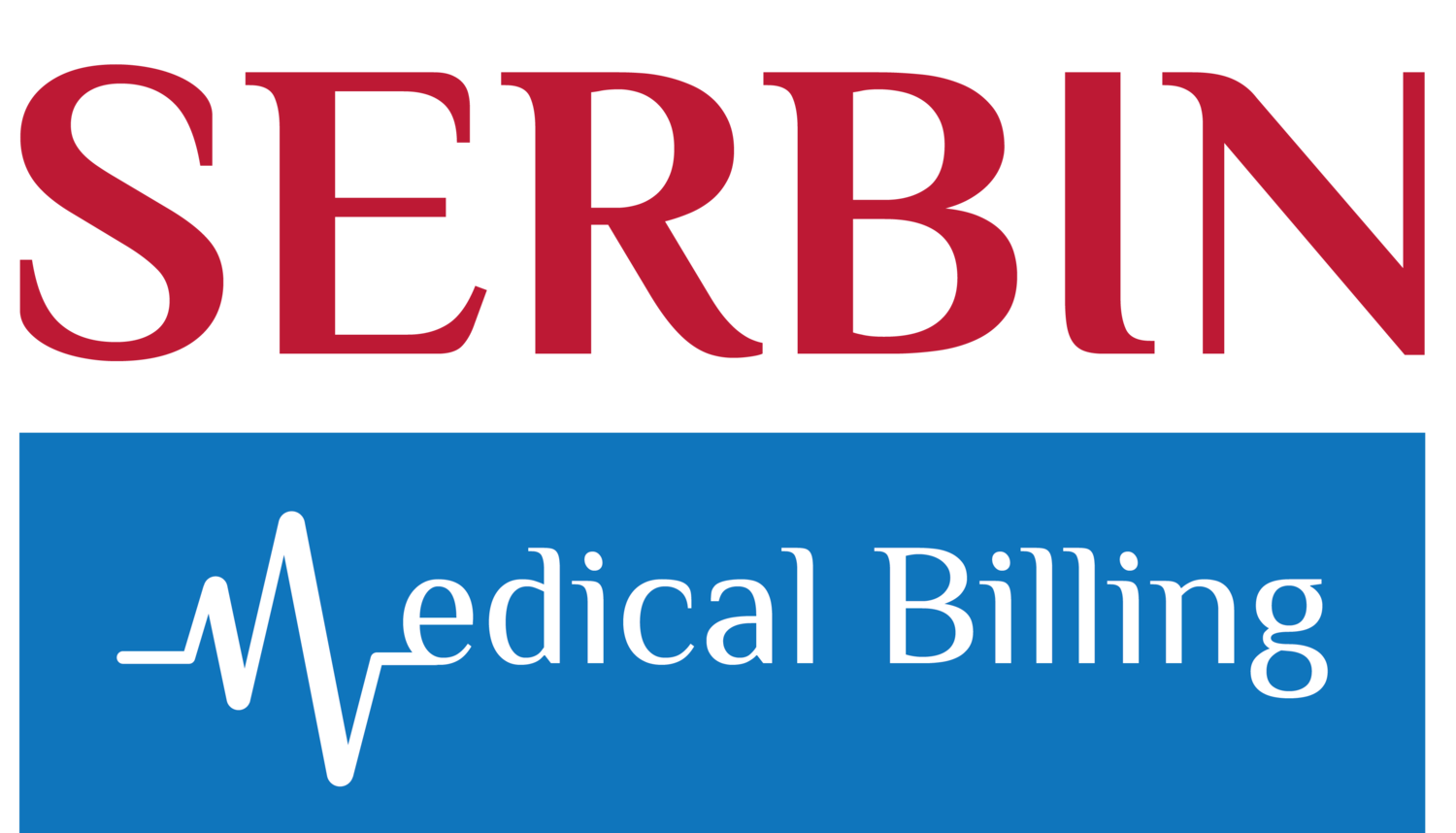8 Areas of Focus to Ensure Optimal and Speedy ASC Reimbursement
By Caryl Serbin, RN, BSN, LHRM
Question: How can your ambulatory surgery center (ASC) battle tightening restrictions and dwindling reimbursement?
Answer: To ensure your center's continued financial stability, the answer may lie in your reimbursement processes. The following tips, organized by the claim submission stages, will provide you with insight into how to improve the efficiency of these processes, resulting in a speedier reimbursement turnaround.
Prior to Claim Submission
The key phrase leading to timely and successful reimbursement is the "clean claim." A clean claim means preparing and submitting a claim that is without error, thus hopefully bypassing a payer's first delaying tactic: "denial for errors." Make this your primary goal. To best achieve clean claims, consider the following areas of focus:
1. Policies and procedures
Achieving successful clean claims largely depend on written ASC financial policies and procedures. Initiate a well-organized plan and provide your revenue cycle team with written and specific "how-tos." Work to ensure these are being followed by regular process auditing.
2. Physician education
Operative notes must contain explicit documentation supporting all procedures performed. Some providers are unaware of the specific information that insurance carriers require for optimal reimbursement. These include bilateral procedures, implants, matching diagnosis codes to procedure codes, and identification of specific areas (e.g., medial or lateral, which fingers, toes). Posting these requirements in dictation areas can be helpful in ensuring complete documentation.
3. Coding
Coding a physician's operative note accurately is your center's key to compliant yet optimal reimbursement. Employ certified coders and provide them with up-to-date reference material.
During Claim Submission
Prompt and accurate claim submission (clean claim) can decrease reimbursement turnaround time by several days. To improve claim submission time, focus on these areas:
4. Charge posting
The charge poster must be knowledgeable of specific contract requirements for acceptance by payer (e.g., inclusion of NPI, ASC code, physician code, copy of operative note or invoice if required, procedure and diagnosis codes complete with modifiers).
5. Claim submission
Once rechecked for accuracy, submit the claim to your clearinghouse. Ensure a receipt is received showing that the clearinghouse has received the claim and verify that it has been accepted by the carrier.
After Claim Submission
Just as important as getting the claim out the door is persistent follow-up to get properly reimbursed. The need for more aggressive collections has become the norm as payments are often delayed or denied for myriad reasons. In some instances, the collection process can take almost twice as much follow-up and man-hours than in years past. Focus on these areas to strengthen your post-claim submission processes:
6. Collection phase 1
Within 24 hours of submission, confirm the payer received the claim and accepted it (without error). Generally, this can be done via the payer's website.
Start collection follow-up within 5–7 days of submission by checking the status of the claim. When speaking with a payer representative, record their name and ask for payment status. Do not accept "It's being processed" as an answer. If the claim status is not being delayed for lack of information, ask for the date that payment will be sent. If claim is delayed, get specifics. If the payer requires additional information that the ASC can provide, send it immediately.
7. Collection phase 2
The second phase of collections entails following up on all unpaid accounts.
For third-party payers:
Use tickler files for follow-up. Contact payers with outstanding balances at least every 30 days. Include workers' compensation, automobile, and attorney claims.
When contacting a payer, check all outstanding claims at one time.
Advise management of any trends or problems with payers (e.g., system down, clearinghouse delay).
For patient accounts
If your state and payer contracts allow up-front collection of unpaid deductibles, this will save a lot of time in trying to collect after the services have been performed.
As soon as full payment has been received from the third-party payer, change guarantor to patient/responsible party and send the statement.
All patient accounts should be billed every 30 days, including payment plans.
8. Payment posting
When reimbursement is received, ensure the amount accurately reflects contract allowance. If the payment is wrong or denied, immediately call to resolve the problem. If resolution is reached, ask what date payment is to be expected. If no settlement is achieved, start appeals process immediately.
Once payment is posted, transfer the remaining financial responsibility to secondary insurance or patient/guarantor and bill for balance immediately.
Give Your ASC's Collections a Boost
Efficiency is key to sustaining a steady revenue stream. Supervision and process auditing is essential to maintaining peak performance by your ASC revenue cycle team and alerting management to any improvements that may be needed. Proficiency in the ASC revenue cycle process results in timely, accurate, and optimal reimbursement.




